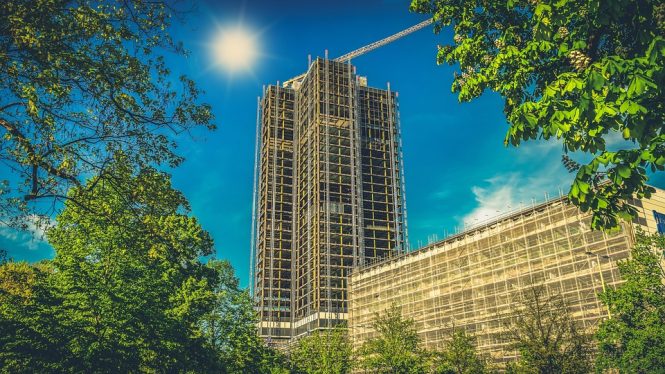
The Social Impact of Rehabilitation: Building Stronger Communities
Rehabilitation is often viewed as a process that focuses solely on the individual, aiming to help them overcome their physical or mental limitations. However, the impact of rehabilitation extends far beyond the individual, having a profound effect on the community as a whole. By providing individuals with the support and tools they need to re-integrate into society, rehabilitation plays a crucial role in building stronger, more resilient communities.
Breaking the Cycle of Recidivism
One of the most significant social impacts of rehabilitation is its ability to break the cycle of recidivism. When individuals are released from prison or complete a treatment program, they often face significant challenges in reintegrating into their communities. Without proper support and guidance, many individuals may struggle to find employment, secure housing, and rebuild their social networks, leading to a higher likelihood of reoffending. Rehabilitation programs that provide vocational training, counseling, and mentorship can help individuals develop the skills and confidence they need to lead productive, law-abiding lives, reducing the likelihood of recidivism and creating safer communities.
Promoting Social Inclusion
Rehabilitation also plays a critical role in promoting social inclusion, helping individuals to overcome the stigma and discrimination that often accompanies mental or physical disability. By providing individuals with the support and resources they need to participate fully in their communities, rehabilitation programs can help to break down social barriers and promote greater understanding and acceptance. This, in turn, can help to create more inclusive and compassionate communities, where individuals of all backgrounds and abilities can thrive.
Economic Benefits
The social impact of rehabilitation is not limited to the individual or community level; it also has significant economic benefits. By helping individuals to develop the skills and confidence they need to secure employment, rehabilitation programs can help to reduce the economic burden of unemployment and social welfare dependency. Additionally, rehabilitation programs that focus on vocational training and education can help to address labor market shortages and skills gaps, contributing to the overall economic growth and development of a community.
Building Stronger Families
Rehabilitation can also have a profound impact on family dynamics, helping to rebuild and strengthen family relationships that may have been affected by an individual’s mental or physical health issues. By providing individuals with the support and resources they need to manage their conditions and develop healthy coping strategies, rehabilitation programs can help to reduce stress and conflict within families, promoting greater stability and well-being. This, in turn, can help to create stronger, more resilient families, better equipped to support and care for one another.
Community-Based Initiatives
Finally, rehabilitation can have a significant impact on community-based initiatives, helping to foster a sense of community and social connection among individuals and families. By providing individuals with the support and resources they need to participate fully in their communities, rehabilitation programs can help to promote volunteerism, community engagement, and social activism. This, in turn, can help to create more vibrant and dynamic communities, where individuals can come together to address common challenges and pursue shared goals.
Conclusion
In conclusion, the social impact of rehabilitation is far-reaching and profound, extending beyond the individual to have a significant effect on the community as a whole. By providing individuals with the support and resources they need to re-integrate into society, rehabilitation programs can help to break the cycle of recidivism, promote social inclusion, and promote economic growth and development. As we continue to navigate the complexities of modern society, it is essential that we prioritize rehabilitation and recognize its critical role in building stronger, more resilient communities. By doing so, we can create a brighter, more compassionate future for all.